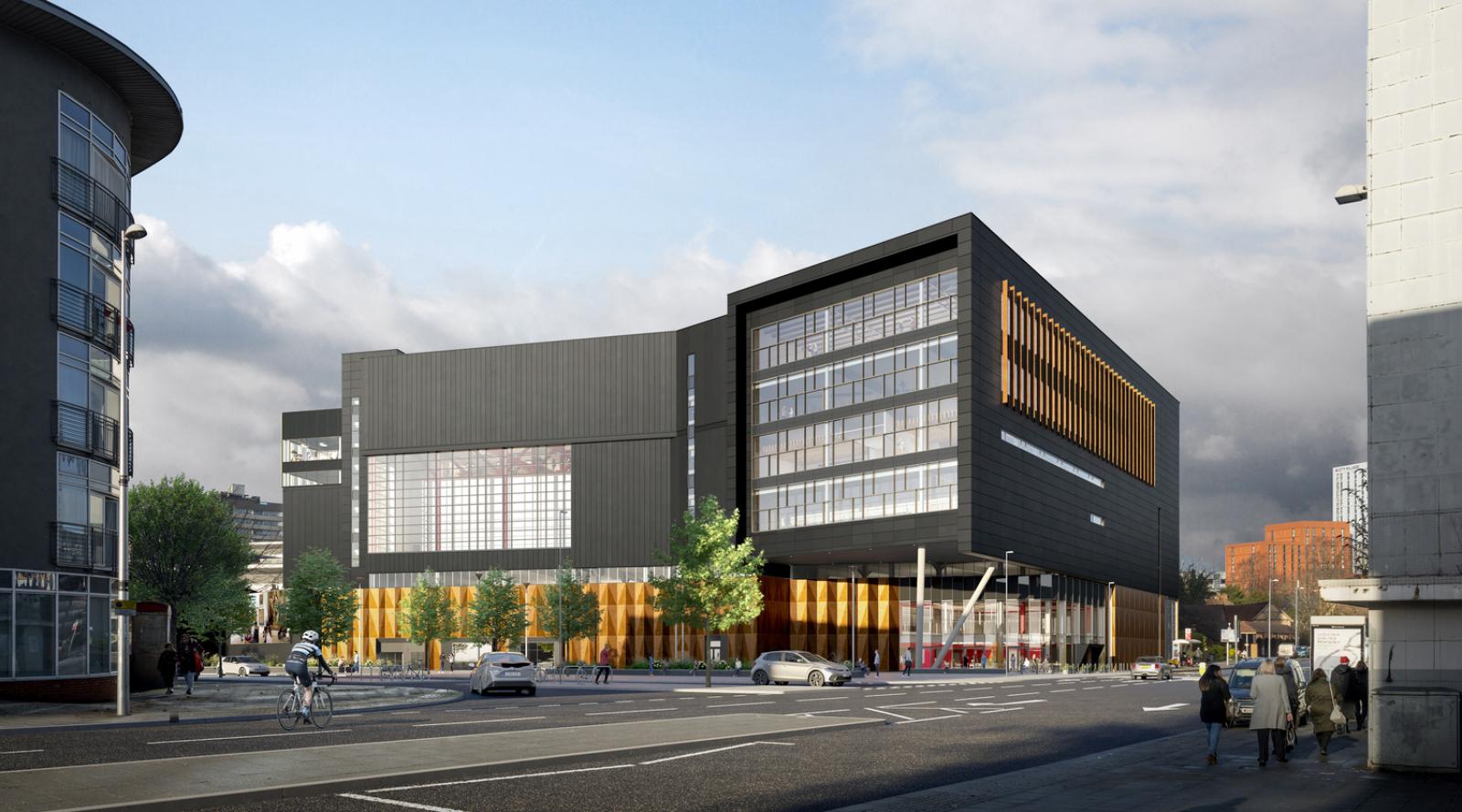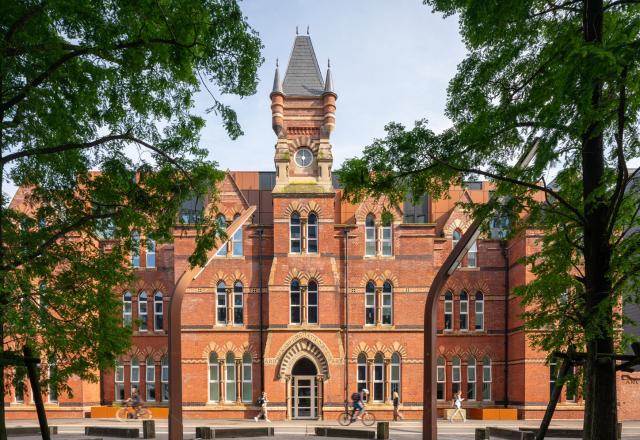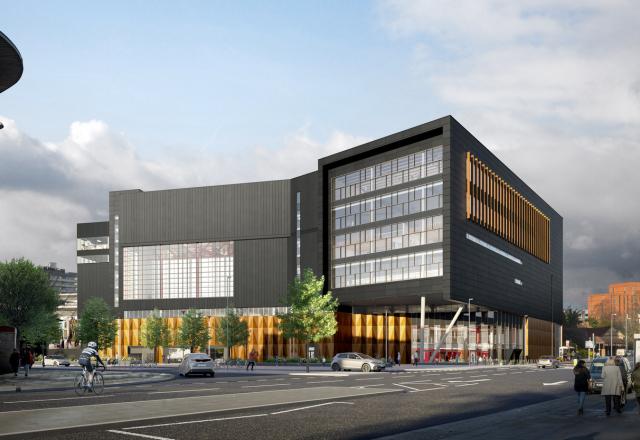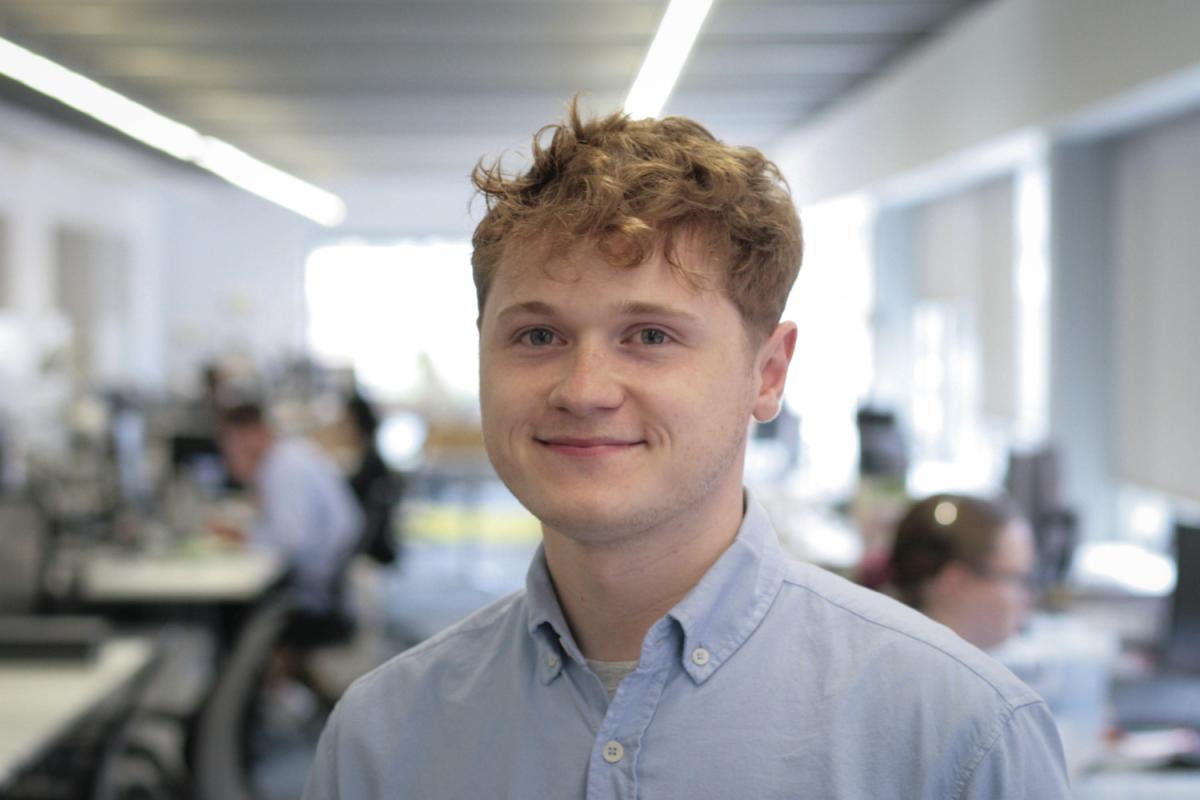
Q: Who or what inspired you to pursue a career in architectural technology?
My interest in architecture began at a young age, sparked by an intricate architectural model displayed at my school when I was around six years old. This early fascination with the built environment led me to consider a career in architecture. I first thought of studying architecture, but I found I was more interested in the technical side of design—making buildings work smoothly. So, I chose to study architectural technology instead, focusing on making structures both look good and function well.
I pursued my education in BSc Architectural Technology at Sheffield Hallam University, where the curriculum emphasised sustainability and the huge potential of architectural technology. The distinction between the roles of an Architect and an architectural technologist became clear in my first lecture, and I realised that the detailed problem-solving and coordination involved in the latter appealed to me.
Can you tell us about a favourite building or place that you like?
Rome holds a special place in my heart due to its abundance of history an historical buildings. The Baths of Caracalla, stand out to me with its grandeur, showcasing classical Roman design and engineering. As an architectural technologist, witnessing the integration of art and functionality in such ancient structures is a tremendous source of inspiration.
Can you talk to us about a current project?
I am currently involved in two projects: Ancoats Dispensary and a Passivhaus residential scheme in Salford. While both projects offer unique challenges, my interest in retrofit makes Ancoats Dispensary particularly intriguing. From the initial stages, where public concern surrounded the demolition, to the present where the design beautifully embraces the building’s history, it has been a rewarding journey. Personally, reinstating the historic tiles on the external front façade has been a standout accomplishment.
A special aspect is my involvement in a facade survey, providing insights into the building's condition. As the scaffolding, which has been up for quite some time and comes down over the next few months, marks the beginning of the Dispensary's second life—a moment I am looking forward to as we witness the building being brought back into use.
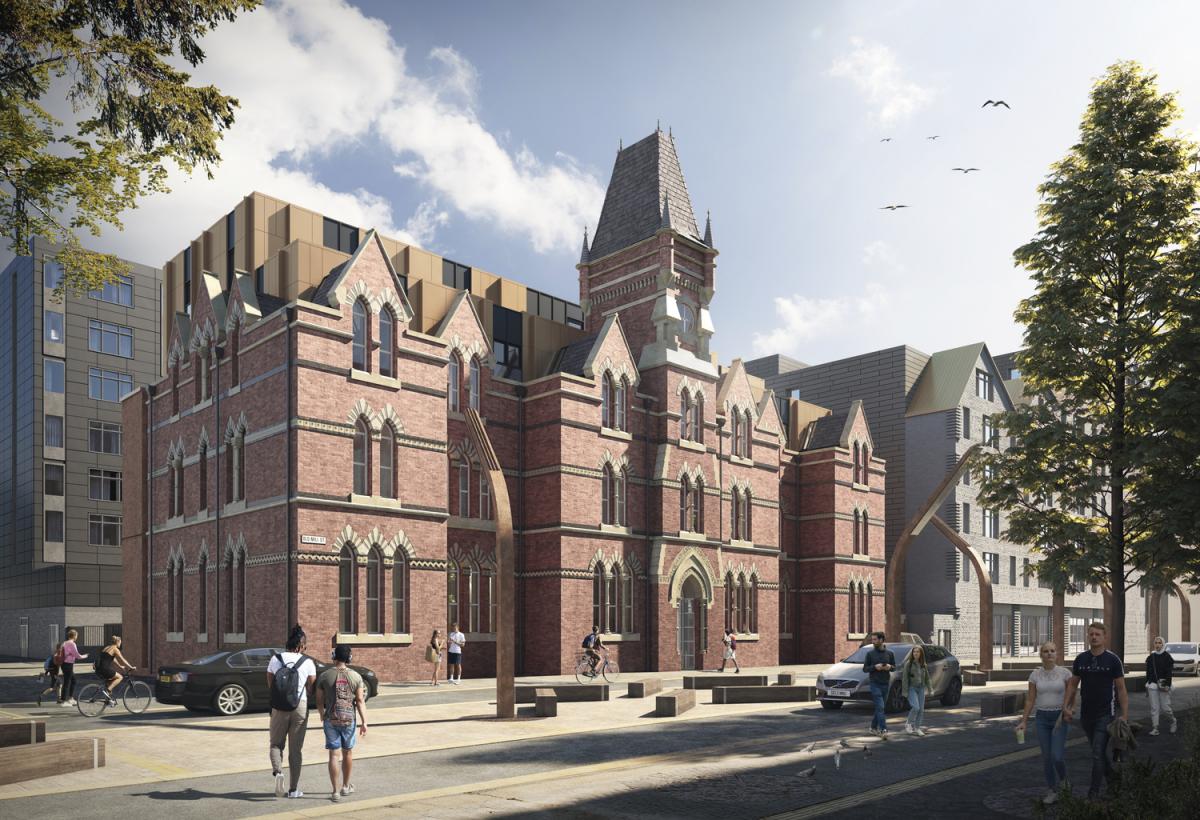
Can you tell us a bit about the Planet Mark and B Corp certifications you’ve helped Buttress achieve?
The B Corp accreditation is a significant achievement. It represents our commitment to meeting stringent standards of social and environmental performance, transparency, and accountability. B Corps strive to balance purpose and profit, considering the broader impact of our decisions on employees, customers, suppliers, the community and the environment.
When I joined Buttress, its B Corp journey had just started. I was interested in being a part of the team leading our B Corp submission, which was a thorough process involving around 200 questions and substantial evidence.
Simultaneously, I saw the importance of partnering with Planet Mark and took on the challenge of understanding our carbon impact. The Planet Mark certification acknowledges our commitment to measuring and reducing carbon emissions, helping us to become more sustainable in our business practices.
Can you tell us a little bit about your involvement with Buttress’ carbon calculator?
Our carbon calculator follows the RICS second edition for Whole Life Carbon Assessment (WLCA) for the built environment. Using this tool, particularly on projects like retrofitting a former Ikea store into an arts and culture hub in Coventry, has provided key insights into the building's future performance.
We look at analysing factors such as materials, energy consumption, and repair, aligning our assessments with LETI, RIBA, and relevant local targets for Life Cycle Assessments (LCA).
What advice would you give to a young person wanting a career in architectural technology?
For those considering a career in architecture technology, my advice would be to recognise the unique and highly rewarding aspects of this field. While it may not be as widely known as architecture, architecture technology offers an equally fulfilling path. The supportive community within organisations like CIAT provides resources and networking opportunities.
Being an architectural technologist opens doors to opportunities like those available to architects. What makes this field particularly gratifying is the collaborative aspect. As a technologist, you collaborate with a broad spectrum of professionals, engaging in problem-solving and intricate coordination. The satisfaction derived from finding solutions to complex details is a characteristic of this profession, making it an incredibly rewarding journey.
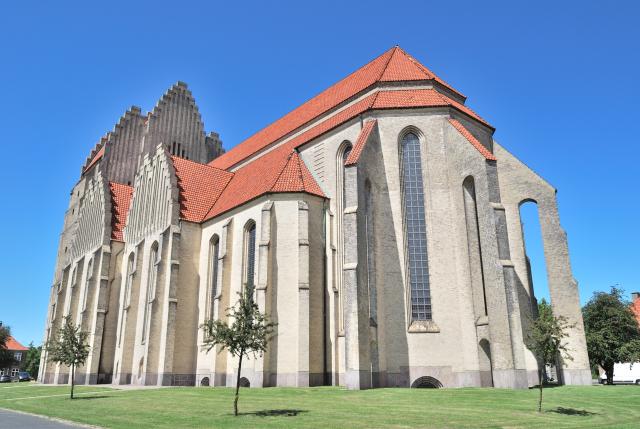

Images: Left: Grundtvig’s Church in Copenhagen. Right: The Baths of Caracalla in Rome.
What do you enjoy most about working at Buttress?
The people at Buttress make it a friendly and collaborative environment. This, along with the freedom to pursue opportunities to work on significant projects and contribute to sustainability goals, makes it a rewarding workplace.
What do you do in your spare time?
In my spare time, I like to travel, recent places include Naples and Copenhagen. My recommendations include Castel Sant’Elmo for its panoramic views in Naples and Grundtvig’s Church in Copenhagen. I also enjoy reading, with two book recommendations: "All The Light That You Cannot See" by Anthony Doerr and "Gentleman in Moscow" by Amor Towles.
Question from the previous Behind the B participant: What do you think will help unlock carbon zero targets in the built environment?
To achieve carbon zero targets, developers and clients must lead genuine carbon reduction strategies from the project's outset. Embracing adaptive reuse of buildings, as seen in projects like the City Centre Cultural Gateway in Coventry (which is a former Ikea store), and the Ancoats Dispensary. Sustainability should be a carefully considered aspect, not an afterthought, with long-term projections for a building's environmental impact.
Final thoughts...
Architectural technology needs to be promoted as an attractive career choice, drawing diverse talent to contribute to its field. It's crucial to dispel the idea that architecture is the exclusive path; architectural technology offers an incredibly unique and fulfilling journey, especially for those who love diving into the technical side of things.
Embracing the role of an architectural technologist opens doors to a myriad of opportunities, mirroring the possibilities available to architects. The collaborative spirit of the work, entailing intricate problem-solving and coordination, adds an exceptionally rewarding and lively dimension to our profession.
